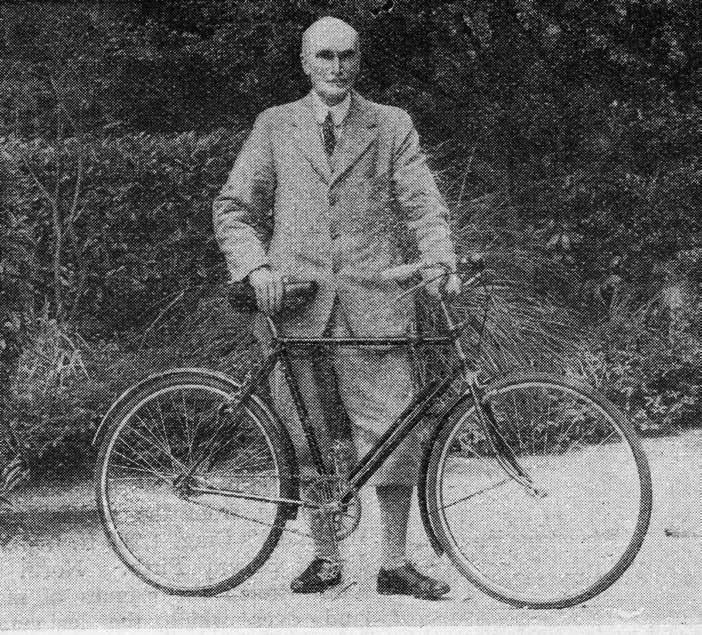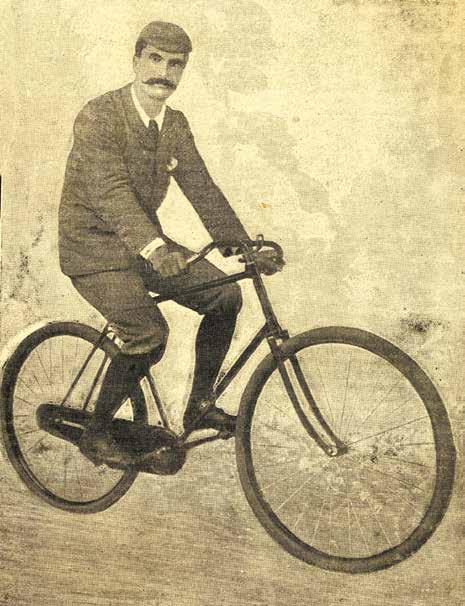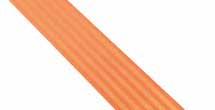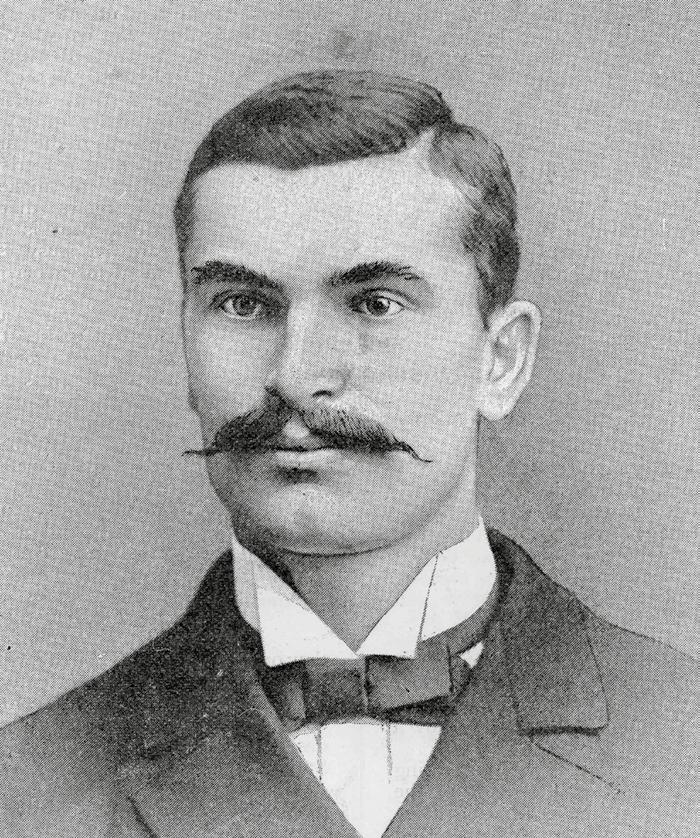
6 minute read
Brooklands by bicycle
SF Edge (far left) sits on the back of an Olympia tandem at the Crown public house, Selsey for the Whitsun Tour event in the early 1900s.
Brooklands has a long-running history with cycling that began with many of its pioneering racers and continues to the present.
Advertisement
Words: Bob French Photos: Brooklands Museum Collection/Bob French
The connection between Brooklands and cycling is one that runs deep. Even before the track was opened in 1907, many of those drivers, riders and pilots who would go on to become highly regarded in cars, on motorcycles and in the air were competing on bicycles. In hindsight, the progression from bicycles to powered vehicles is obvious as so many young men and women looked to satisfy their desire for speed and competition.
Until the car became more established in the 20th Century, bicycles were the fastest form of transport other than steam railway. Names such as Fournier, AV Roe, the O’Donovans and SF Edge all began on pedal cycles before graduating to machinery with more power than a pair of human legs. Early events held on the Continent showed the ability of British cyclists, such as Edge setting the 50- and 100-mile records on a tricycle and tandem tricycle. He then went on to score third place in the first Bordeaux to Paris race on 23 May, 1891. This was a gruelling 360-mile race between the Café Mazarin, Bordeaux to the Porte Maillot in the French capital. It was won by GP Mills in 26hrs 34mins, while Edge came home third in 30hrs 13mins.
With that kind of determination, it goes some way to explaining why Edge was able to go on to claim the 24 Hour record at Brooklands in the Napier, covering 1581 miles 1310 yards. He also continued to cycle as a means of keeping fit as motor racing grew more demanding on its drivers. Two months after Edge’s record-setting run in the Napier, the first bicycle race was held at Brooklands. This was a 100-mile race with a massed start. This type of start had been banned for road racing in Britain since 1895, so there was a great deal of
excitement surrounding the Brooklands race. Even so, there was a lots of criticism of the track’s surface and French former sprint champion Edmond Jacquelin said: ‘If a rider took to the centre of the track, he would find it remarkably harsh. If he took to the inner edge, the tyres would not last 10 laps.’ In the end, the winner was JH Bishop from the Beaumont Cycling club in a time of 4hrs 51mins 27secs.
SF Edge remained a keen cyclist when he became better known as a racing driver. Here he is with a Rudge-Whitworth bicycle.

Growing popularity Cycle racing became a regular feature at Brooklands, but its heyday came in the 1930s. Between 1933 and 1939, there was an increased number of races each year. In that final year before the outbreak of the Second World War, there were 19 cycle race meets and the last was held on 27 August just days before war was declared. This was a 100km points road Race that was won by JT Manning of the Charlotteville Cycling Club in 2hrs 37mins 50secs.
Before that, Brooklands was the site of a 100km World Championship Trial race on 17 June, 1933. The World Cycling Road Race was due to be held at Montlhéry, France later that year, so it seemed a good idea to hold a race at Brooklands to select a British team. Organised by AV Jenner for the Charlotteville Cycling Club, the track took in the Outer Circuit and Test Hill on each lap to make a very challenging course.
The wet weather conditions made this race even harder for the competitors and the finish was fought between three riders. At the end, JJ Salt won in a time of 2hrs 55mins 53secs from WF Burl in second who was three lengths behind. Third placed H Sutton was only five lengths adrift of the leading pair.

Post-war cycling While motor racing didn’t resume at Brooklands after the Second World War, cycle racing did make a return. It took until 1969 before it did reappear and this was down to Wallie Stimson of the Weybridge Wheelers cycling club. He approached Sir George Edwards of British Aerospace to ask if Brooklands would host a race as part of the annual Byfleet Parish Day with any profits going to charity. Sir George agreed and this 30-mile race was open to professionals. Reg Smith of the CarltonTruwel-Campagnolo team won in 1hr 6mins 30secs.
From 1971, the Brooklands race was opened up to amateurs alongside the professionals. By 1982, there were four races, comprising a Schoolboys 5.5-mile event, 4.5-mile Tricycle race that was won by a certain Bob French, a Ladies/Juniors/


10% DISCOUNT TO BTM MEMBERS
Period style seat belts for pre-1973 vehicles, not forgetting your modern classic post-1973 Period style seat belts for pre-1973
• Seat belts and harnesses supplied and fi tted • Bespoke service • Original belts refurbished • New original equipment available on certain vehicles








T: 0208 206 0101 E: sales@quickfi tsbs.com W: quickfi tsbs.com Be safe not sorry, in your classic!
Veterans and 3rd Categories 10-mile race, and a Senior Road Race over 35 miles. Cycle racing came to an end at Brooklands in 1986, but the story doesn’t end there. In 1989, before the Museum opened to the public, local schools were invited to guided educational tours by Diana Bedford, the Education and Training Manager. These proved a great success and grew quickly. By 1996, 6000 school children visited the Museum that year and cycling played a key part in bringing their class studies to life.
Using different bicycles to demonstrate the progression of gears and gearing and the development of materials in manufacturing showed the progress from wood, through steel and aluminium to carbon fibre. It also helped with social history, charting how clothing has developed with cycling, as well as telling how bicycles evolved from being the preserve of the wealthy to cheap transport for the masses. It has also been useful for highlighting the need for healthier lives today as there were 10 bicycles to one car in 1920.
The Museum Collection includes a wide range of bicycles from very early models right up the latest machinery. It shows how cycling is woven into the fabric of Brooklands from its opening in 1907 and continues to the present day as the Prudential Ride London route passes the Museum.

Dan O’Donovan and his brothers were keen cycling competitors at Brooklands and went on to work in the cycling business in the 1930s.





